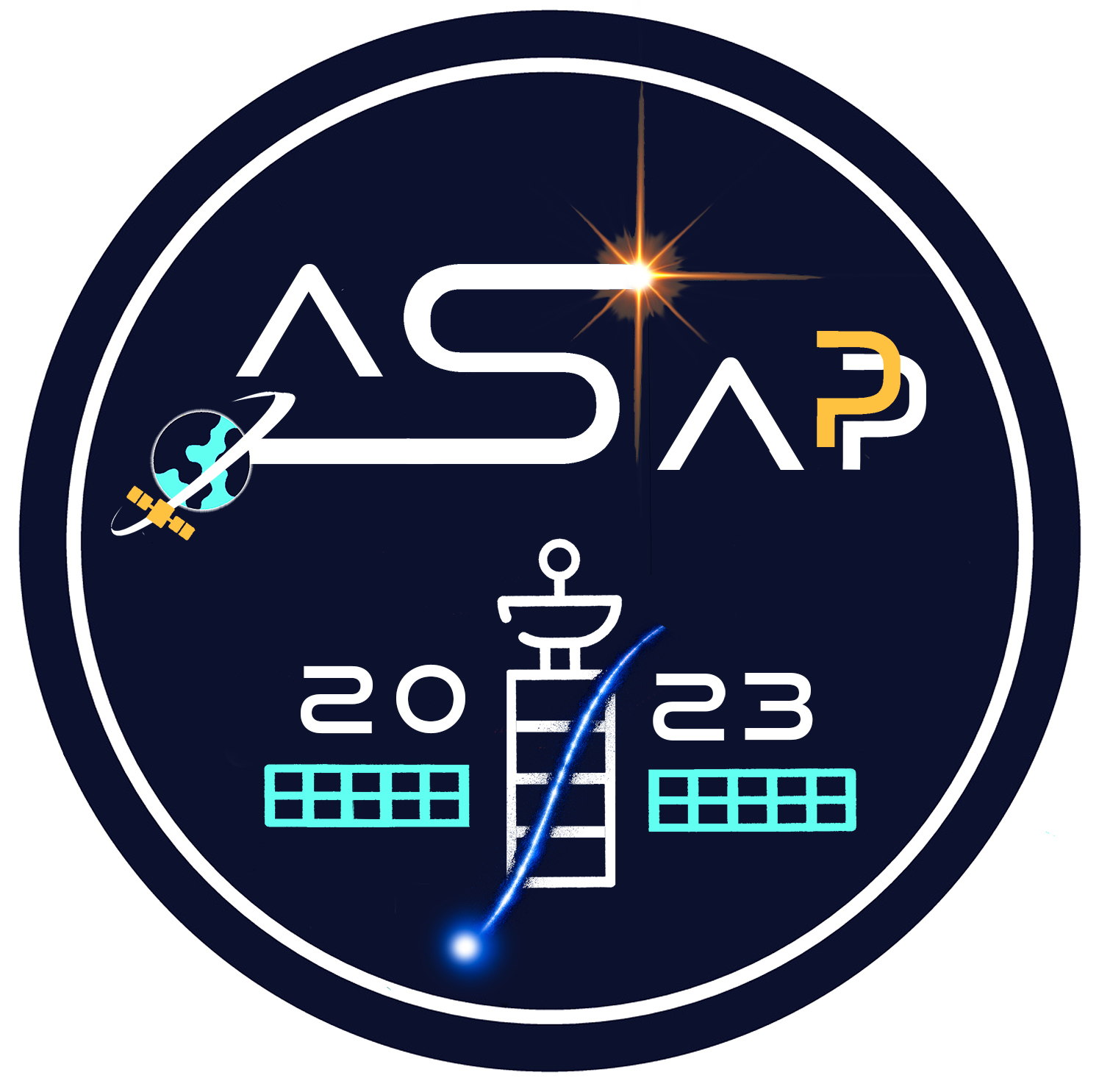Speaker
Description
This paper discusses the implementation of a 64-channel ASIC designed within the Extreme Universe Space Observatory - Super Pressure Balloon 2 (EUSO-SPB2) mission. The electronics is used to readout a camera plane formed of Silicon Photo-Multipliers (SiPMs) where the Cherenkov signal emitted by Extensive Air Showers (EASs) is focused. The EAS signal is produced by Ultra-High Energy Cosmic Rays (UHECRs) and Cosmic Neutrinos (CNs) interactions in the atmosphere. The chip is developed in a commercial 65 nm CMOS technology and each channel is equipped with a dual-polarity current amplifier which output is distributed among an array of 256 cells. A single cell hosts an analog memory, a Wilkinson Analog-to-Digital Converter (ADC) with a nominal resolution of 12-bits and a digital memory to locally save the converted data, working at a sampling frequency of 200 MS/s. The array is segmented into smaller partitions of 32 cells each to derandomize the input signal. The comparators of the front-end provide a hitmap of the events that can be elaborated by an FPGA. If the mapping is externally validated, the data can be converted and sent off-chip. The readout is carried out with a serializer running at 400 MHz in Double Data Rate (DDR). The ASIC is suitable for several applications besides the objectives of the SPB2 mission due to its high configurability. Indeed the chip can be programmed to operate with slices of 32, 64 or 256 cells. The resolution is configurable by the user in the range of 8-12 bits. This feature ensures that both conversion time and power are saved, providing an adequate granularity for different applications.
| Eligibility for "Best presentation for young researcher" prize | Yes |
|---|
